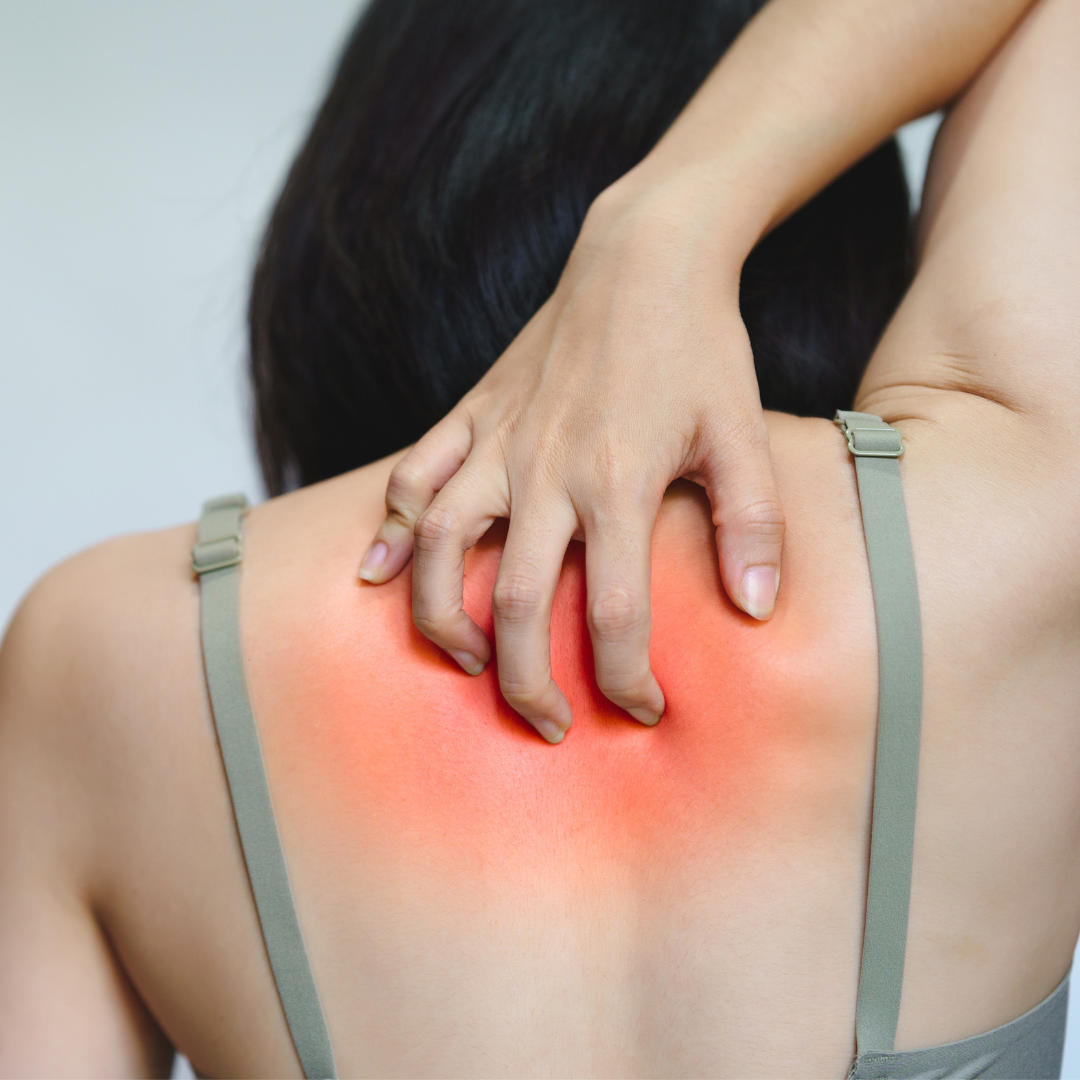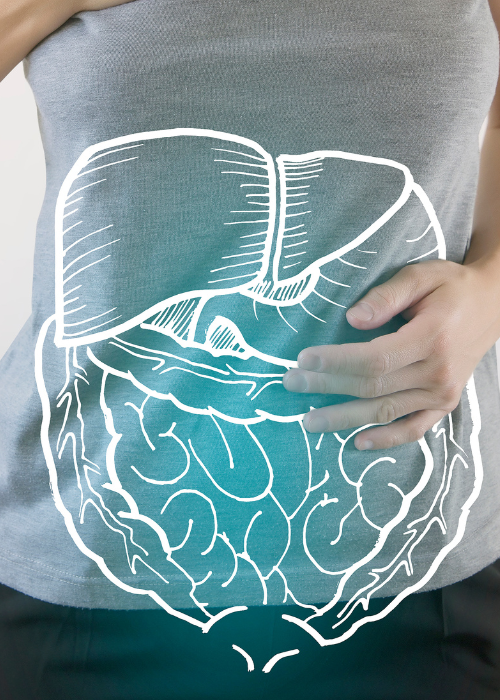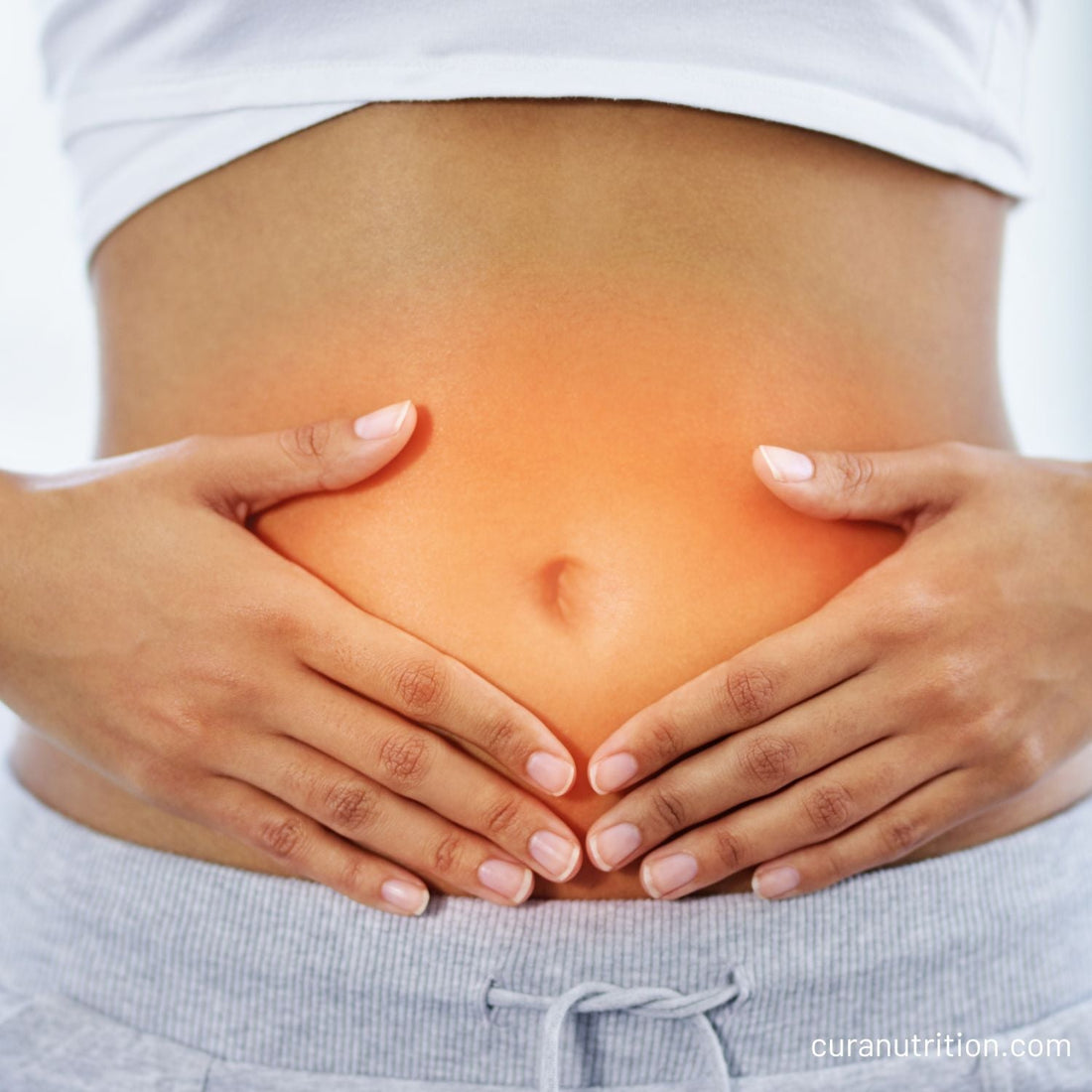What is histamine intolerance?

Histamine intolerance occurs when there is an imbalance between histamine intake or production and the body’s ability to break it down. In the gut wall, there are specialised cells that produce histamine-degrading enzymes called enzymes like diamine oxidase (DAO) and histamine N-methyltransferase (HNMT). When these enzyme producing cells are affected, histamine is not metabolised sufficiently, and so accumulates in the body. This can be experienced as a reaction to food with symptoms such as:
- Headaches or migraines
- Nasal congestion
- Hives, itching, or flushing
- Digestive discomfort (bloating, diarrhoea, cramps)
- Irregular menstrual cycles
- Anxiety or insomnia
Although histamine is driving these reactions, it’s not an allergy. It’s not the immune system that's triggering histamine; it's that the gut is not breaking down normal amounts of histamine properly.
Underlying Causes
- Low DAO enzyme activity (which can be due to genetics, but is more often to do with intestinal injury, or nutrient deficiency)
- Gut dysbiosis – Certain bacteria produce histamine or impair its degradation
- Poor liver methylation and detox pathways
- Magnesium and vitamin B6 deficiency – both are essential cofactors for histamine clearance
Magnesium Histamine Intolerance
Magnesium supports histamine tolerance in three key ways:
- Stabilises mast cells – mast cells are histamine-producing cells
- Supports DAO activity – especially in the gut lining
- Regulates inflammation and immune balance
Low magnesium has been shown to promote mast cell hyperactivity and reduce the effectiveness of histamine degradation enzymes.
Suggested Use for Magnesium
- Start with 200–300 mg/day and adjust based on bowel tolerance
- Avoid magnesium citrate, which is a laxative type of magnesium. Go for a blended version with high bisglycinate, like this one
Role of Probiotics
Not all probiotics are beneficial for histamine intolerance. Some strains produce histamine, while others degrade it.
Helpful strains for histamine intolerance:
- Lactobacillus rhamnosus GG
- Bifidobacterium infantis
- Bifidobacterium longum
- Lactobacillus plantarum (low histamine-producing)
Avoid:
- Lactobacillus casei, L. bulgaricus, L. reuteri — can exacerbate symptoms
Use spore-based or low-histamine certified formulas at first, these are both non histamine producing and gut healing forms of probiotic – double the benefits for histamine intolerance specifically.
Food Storage & Prep Tips
Histamine levels increase over time in food, particularly in protein-rich items like meat, fish, and leftovers. That means fresh meats will have less histamine than cured or aged meats like salami, pram ham or other cured meats. Freezing foods will reduce their histamine content by blocking the histamine effect of aging. Even fresh foods can become problematic if not handled properly.
To reduce dietary histamine load:
- Avoid aged, fermented, or cured foods (e.g., cheese, wine, soy sauce, vinegar)
- Eat freshly cooked meals and freeze leftovers immediately
- Do not slow cook meats or fish – opt for quick methods like steaming or grilling
- Store cooked food in glass containers and refrigerate quickly
- Use vacuum sealing or airtight storage for proteins
Recommended steps if you have histamine intolerance:
- Get started on Cura Sporebiotics and Cura Magnesium Complex+
- Begin a low histamine diet.
- Avoid aged or slow-cooked foods
- Refrigerate or freeze fresh foods quickly
- See a qualified practitioner for guided support on building your natural histamine-degrading functions back up.










